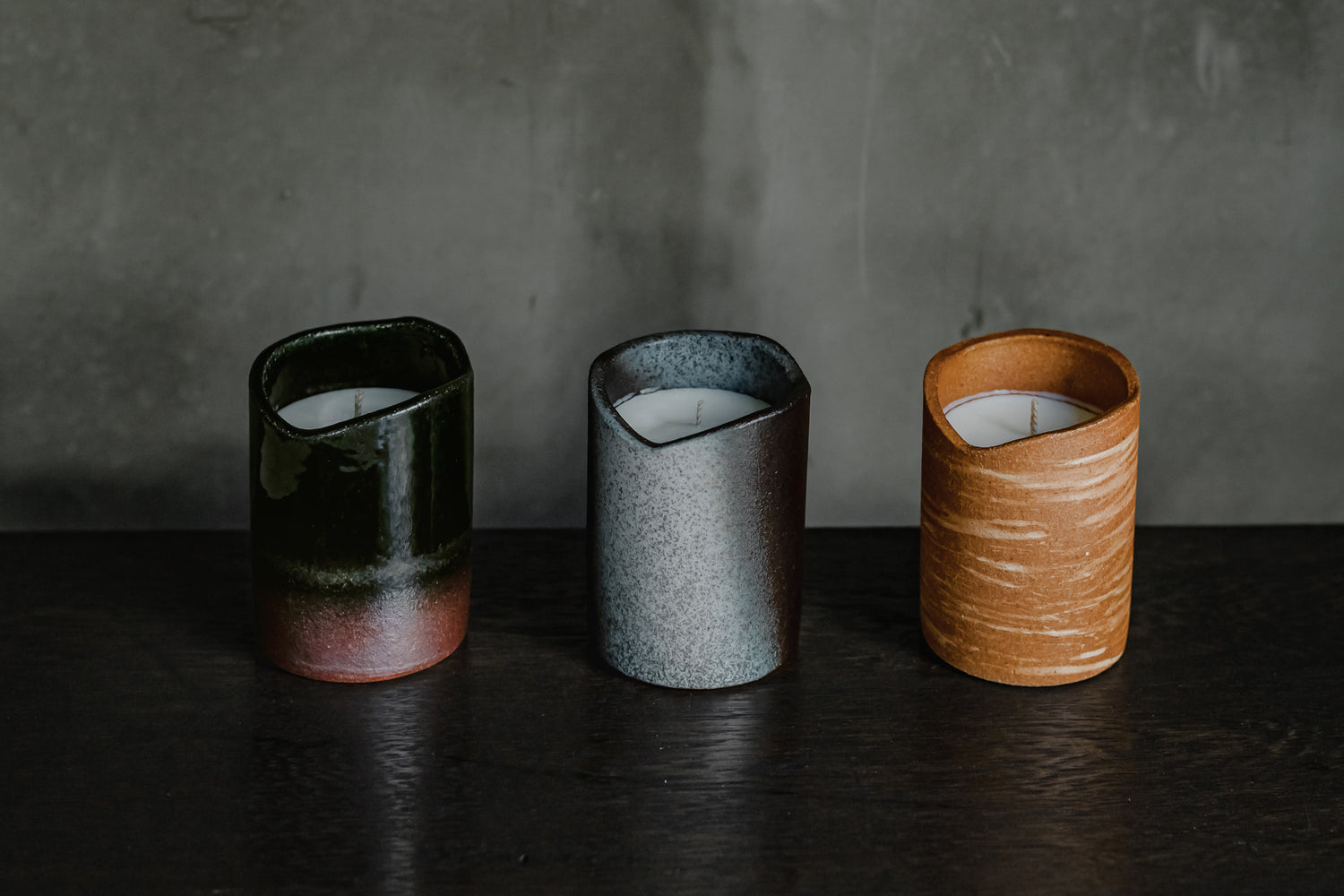
In early April, people from Japan and abroad gather in Yoshino District, Nara Prefecture.
The reason for the visit is the cherry blossoms. Yoshino has long been known as a sacred place for Shugendo pilgrims. Cherry trees came to be regarded as sacred trees when En no Gyoja, the founder of Shugendo, carved a Buddha into a cherry tree. After that, many Shugendo followers donated trees to the area. Each donated cherry tree has a slightly different hue, creating a colorful landscape that cannot be found anywhere else.
The cherry blossoms of Yoshino have been loved by the Japanese people for over 1000 years. There was a poet named Saigyo who loved the cherry blossoms very much.
He was born in 1118 (the first year of the Gen'ei era) into a samurai family and was originally a samurai well versed in military tactics. He was about 20 years old when he obtained the official position of Hyoe-no-jo and served as a northern guard samurai (a samurai who was responsible for the personal guard of the retired emperor) for the retired emperor Toba.
Then, at the age of 23, he suddenly became a monk and retired from the world.
It was hard to imagine Saigyo, who came from a wealthy family and held a government position, retiring from the world in what was considered common sense.
After that, he traveled all over Japan and composed poems. His poems have touched people's hearts since ancient times, influencing such poets as Matsuo Basho, and he has composed 94 poems, the most of any poet, in the Shin Kokin Wakashū (New Collection of Ancient and Modern Japanese Poetry).
Saigyo Hoshi was a Buddhist monk from his days as a samurai. His poetry is characterized by the combination of the sense of impermanence that comes from Buddhism and the aesthetic sense he developed from being exposed to the natural world.
The monk Saigyo is said to have had a deep love for flowers and the moon.
His poems do not simply describe the beauty of the flowers or the moon themselves, but rather skillfully depict the emotions felt when one witnesses the progression of flowers or the moon, such as the feeling of waiting for the flowers to bloom or the feeling of regret when the flowers fall.
The words were chosen and the poem was born to explore the origins of the heart that is attracted to flowers and the moon. The awareness of the heart is very deep and not easy to understand. Even in today's age, we can look at the moon or flowers and observe our own feelings at that time. Such an attempt may lead us to understand Saigyo's poem a little better.

